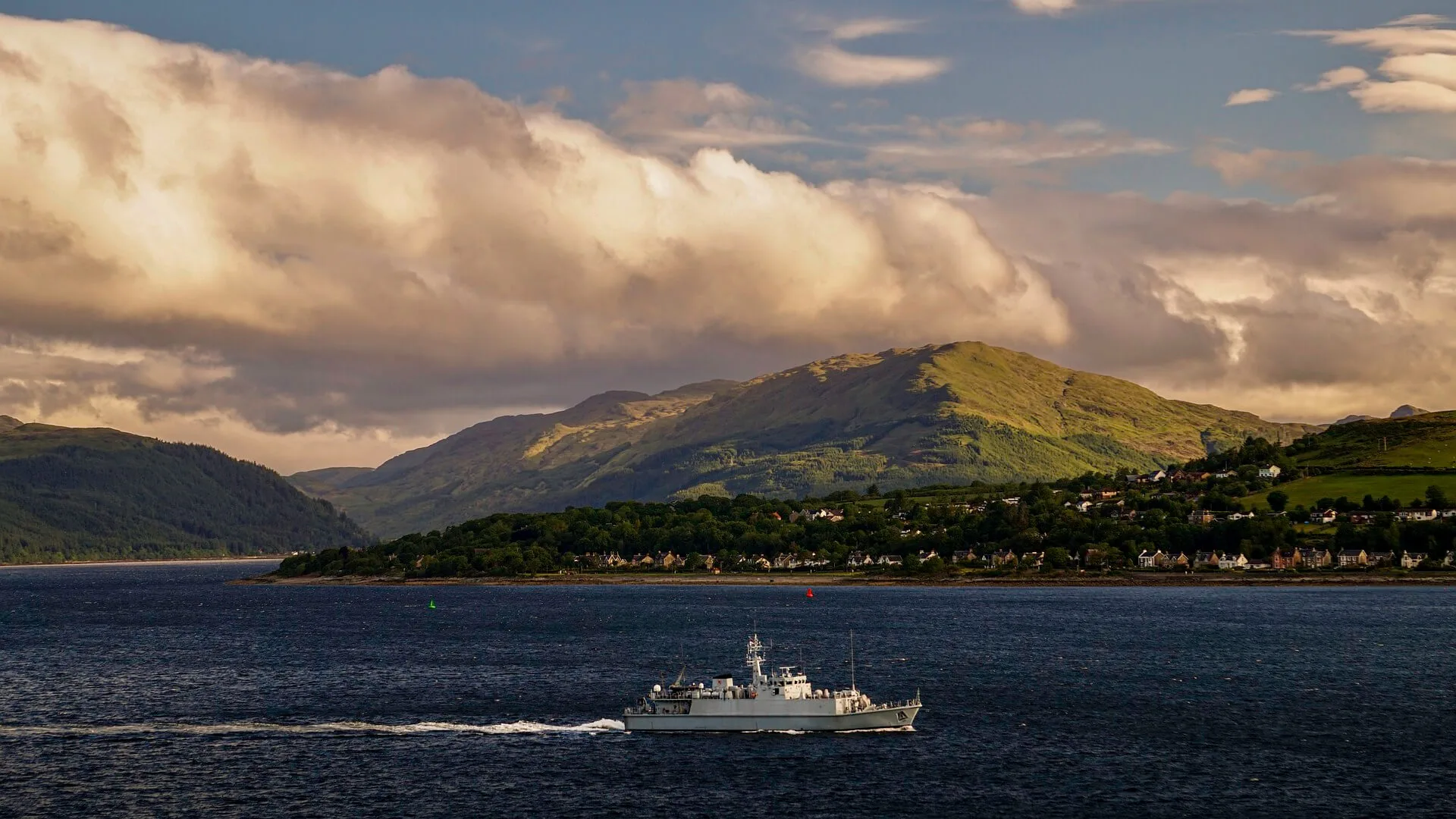Research Programme: Transparent Ocean
Programme Lead: Professor Jinchang Ren
Supported By: Dr Yijun Yan
Funder/Sponsor: Royal Society of Edinburgh (RSE)
Project Status: In Progress
Overview
The Scottish Government is responsible for reporting on the environmental conditions of Scottish marine waters, which extend from the shoreline to deep oceanic waters. Chlorophyll concentration is an important variable in seawater quality monitoring as it indicates eutrophication. Therefore, regular reporting of chlorophyll concentration is necessary to gain a better understanding of the marine environment.
Motivation
Currently, reporting of the chlorophyll concentration is based on expensive ship-based surveys that have very limited spatiotemporal coverage. For example, the Scottish Coastal Observatory has only 11 monitoring sites, from which conditions around Scotland are extrapolated. Chlorophyll concentration is commonly used as an indicator for observing primary productivity, formation of harmful algal blooms and monitoring the occurrence of eutrophication events. It can be retrieved from satellite-based ocean colour remote sensing data with daily, global resolution (subject to cloud cover and daylight restrictions). Unfortunately, the uncertainty and variability of data quality has proved to be a major hurdle in the widespread uptake of ocean colour data by Marine Scotland Science and other public environmental monitoring bodies. This motivates us to estimate chlorophyll concentration from satellite ocean colour reflectance signals using machine learning techniques.
Real-World Impact
Estimating the chlorophyll concentration from ocean colour remote sensing has numerous real-world impacts, which include but are not limited to the following:
- Monitoring and predicting harmful algal blooms, which can have significant ecological and
economic impacts on fisheries and tourism - Assessing the health and productivity of marine ecosystems, which is critical for sustainable
fisheries management and marine conservation efforts - Understanding the role of the ocean in the global carbon cycle, as photosynthesis by the
phytoplankton is one of the significant contributors to the uptake of carbon dioxide from the
atmosphere








